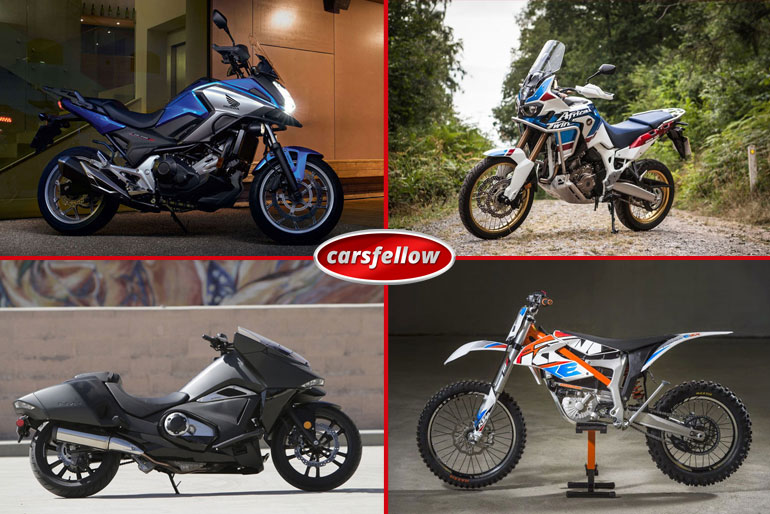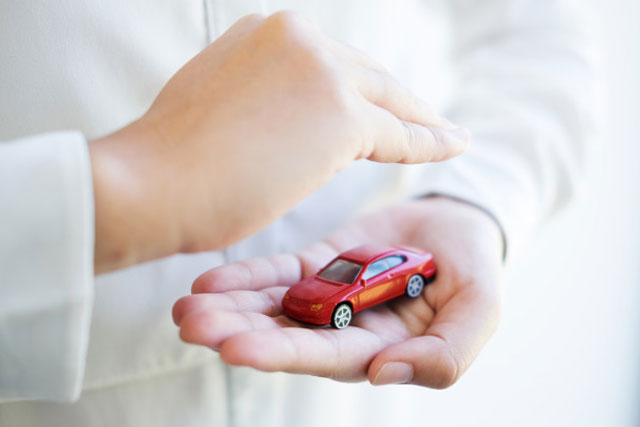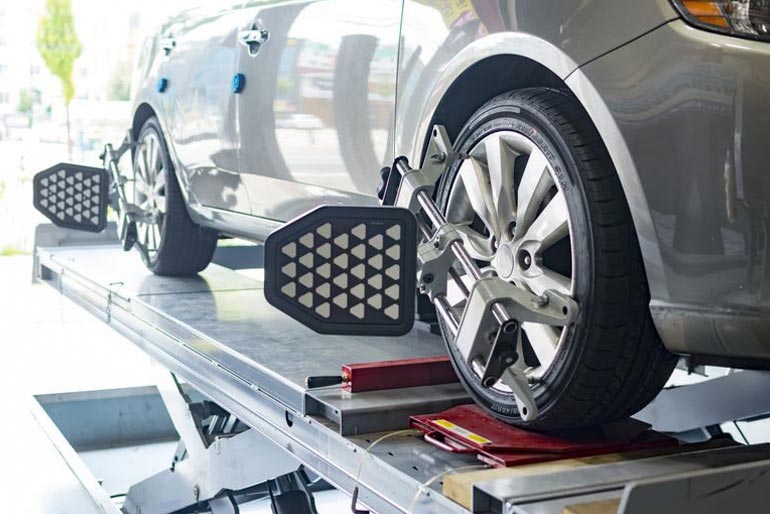A vehicle that is the personification of perfect harmony is truly a blessing. However, for a car to function smoothly, the alignment of the wheel is very crucial. If your vehicle’s wheels are not aligned at a perfect angle, you will encounter some visible disturbance in its working.
For the proper wheel alignment, the suspension geometry of the car should be at its best. All the angles between the wheels and the axles should be incorrect symmetry. If you keep a proper check on the wheel alignment, you can avoid significant damages to the vehicle.
This article comprises all the things you need to know about the best wheel alignment, the worst wheel alignment indicators, and how to adjust the proper wheel alignment. If you are interested, you can give it a read.
What is Meant by Wheel Alignment
The proper alignment of the tires is essential for the appropriate functioning of a vehicle. The right alignment is also vital in the long life of a car. Alignment means the adjustment of a vehicle’s suspension.
Vehicle’ suspension is responsible for connecting a vehicle system to its wheel. You should always keep in mind that you should keep the tire’s angle in perfect proportion with the roads. If the wheels make proper contact with the streets, then the wheel alignment is all set.
The Indicators of Wrong Wheel Alignment
There are a few things that are indicators of bad wheel alignment. If your vehicle shows any of these indicators, then it’s time to check your car with a licensed technician as soon as possible.
- A vehicle is moving to the left or right.
- Unusual vibration in the steering wheel
- Imbalanced steering wheel while driving straight.
- Disturbance in treadwear
Why Tire Alignment Is Vital
You know that improper wheel alignment can cause the tire to wear out quickly and prematurely. Some of the information about the poor wheel alignment is as follows:
-
Camber Wear
Camber wear means that the tread inside and outside are typically more worn out than the tread center. The positive and negative camber causes this kind of wear.
-
Feathering
Feathering is a term implied when the tire is smooth on one side and sharp on another side. The feathering is an indicator of a poor toe alignment.
-
Toe/Heel Wear
This phenomenon occurs when one side of the tread wears out more quickly than the other side in a circumferential direction. You can feel this condition while moving your hand over the impression, and it will give you the feel of saw teeth.
This type of wear is the sign of under inflation and lack of rotation. If your vehicle is experiencing any of these patterns, you should immediately check your car with a certified technician.
-
Tire Balancing
While discussing tire balancing, it is essential to mention two types of wheel imbalance that need to be addressed. The first one is the static or single plane, while the second is dynamic or dual-plane balance.
You will come two about these two imbalances in detail. In the static imbalance, only one plane balance is addressed, or you can say that the vertical movement can cause vibration. On the other hand, in the dynamic imbalance, two planes are addressed simultaneously.
The two planes in the dynamic imbalances include vertical movement and lateral movement. You will require a particular balancing machine to fix out both types of imbalances. It is a better idea to get your vehicle check by a technician.
Tire balancing is equally important to prevent the tires from premature wearing. Here is the trick that will help you maximize the tire’s lifespan and overall performance: keep your tires well aligned and balanced after every 5000 to 6000 miles.
Always Check Three Main Factors of Car’s Suspension Geometry
If you consider maximizing the vehicle’s performance, you should always check the following three main aspects of the car’s suspension geometry.
- Tracking: Tracking is famously known as toe, and it is used to measure that if the front tires are closer or further apart than the rear tires.
- Camber: For all the people who do not know what camber is, it is a vertical tilt of your vehicle’s tires relative to the ground.
- Caster: The last thing is the caster, which means the backward or forward inclination of the suspension system.
How To Adjust The Wheel Alignment
The cars which have front-wheel drive, adjust the static tracking to zero or somewhat neutral. The symmetrical tracking value on all the wheels is essential. While changing the front and rear wheels, keep the angle as similar as possible.
Once the wheels are in perfect alignment, you will notice a very straight and smooth drive. You will feel like your car steering is working effortlessly smooth as it was working when you bought it years ago.
What Are The requisites To Keep In Mind After A Wheel Alignment?
As soon as you have aligned your vehicle’s wheels, please take it to a test drive, which will help make sure a straight drive. Here are some other things to double-check after the wheel alignment.
- Use the steering angle sensor, which will allow the steering to rest in the center. It also allows the correct functioning and stability of the system.
- If you are doing the wheel alignment periodically, it will increase the overall life of the wheels. This habit will also help you maintain the vehicle properly, and you can find the solution to the steering, suspension, and wheel problem before they get costly.
Final Words
Keep a check on your vehicle’s wheel alignment now and then, and it will protect you from higher costs. It is highly recommended to consult a seasoned technician for the wheel alignment of your car.
After reading this article, you are now fully prepared to check whether the wheel alignment of your vehicle is in perfect condition or not.







